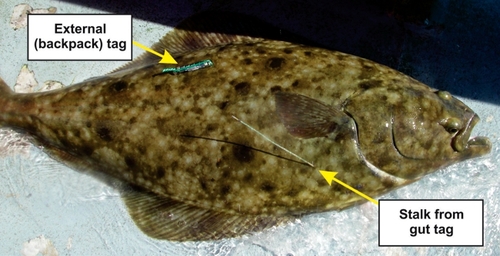Environment Link
A study by the U.S. Lawrence Berkeley National Laboratory is reporting that microbes, mostly bacteria, but also archaea (single cell organisms without a cell nucleus) and fungi, played key roles in mitigating both the Exxon Valdez oil spill in Alaska and the BP Deep Ocean Horizon disaster in the Gulf of Mexico.
In a news release, Terry Hazen, microbial
ecologist with the Lawrence Berkeley National Laboratory (Berkeley Lab) says, “Responders to future oil spills would do well to mobilize as rapidly as
possible to determine both natural and enhanced microbial degradation
and what the best possible approach will be to minimize the risk and
impact of the spill on the environment.”
Hazen, who leads the Ecology Department and Center for Environmental
Biotechnology at Berkeley Lab’s Earth Sciences Division and has studied
microbial activity at both spill sites, published the paper with colleagues in Environmental Science & Technology. The paper is titled “Oil biodegradation and bioremediation: A tale of the two worst spills in U. S. history.”
The authors say that hydrocarbons have been leaking into the marine environment for millions of years and so “a large and diverse number of microorganisms, including bacteria, archaea and fungi, have evolved the ability to utilize these petroleum hydrocarbons as sources of food and energy for growth.”
Such microorganisms are only a small part of a pre-spill microbial community in any given ecosystem. Hazen says in both the Exxon Valdez and the BP Deepwater Horizon spills, the surge in the presence of crude oil sparked a sudden and dramatic surge in the presence of oil-degrading microorganisms that began to feed on the spilled oil.
“In the case of the Exxon Valdez spill, nitrogen fertilizers were applied to speed up the rates of oil biodegradation,” Hazen says. “In the case of the BP Deepwater Horizon spill, dispersants, such as Corexit 9500, were used to increase the available surface area and, thus, potentially increase the rates of biodegradation,” he says.
According to the study, within a few weeks of the spill, about 25 to 30 per cent of the total
hydrocarbon in the oil originally stranded on Prince William Sound
shorelines had been degraded and by 1992, the length of shoreline still
containing any significant amount of oil was 6.4 miles, or about
1.3 per cent of the shoreline originally oiled in 1989.
Microorganisms also played a similar role in the Gulf of Mexico Deep Ocean Horizon disaster, despite major differences in the temperature, environment, ocean depth and length and type of spill, the study says. Hazen and his research group were able to determine that indigenous
microbes, including a previously unknown species, degraded the oil plume
to virtually undetectable levels within a few weeks after the damaged
wellhead was sealed.
The study concludes that decisions as to whether to rely upon microbial oil biodegradation or whether to apply fertilizers, dispersants, detergents and/or/other chemicals used in environmental cleanup efforts, should be driven by risk and not just the presence of detectable hydrocarbons.



